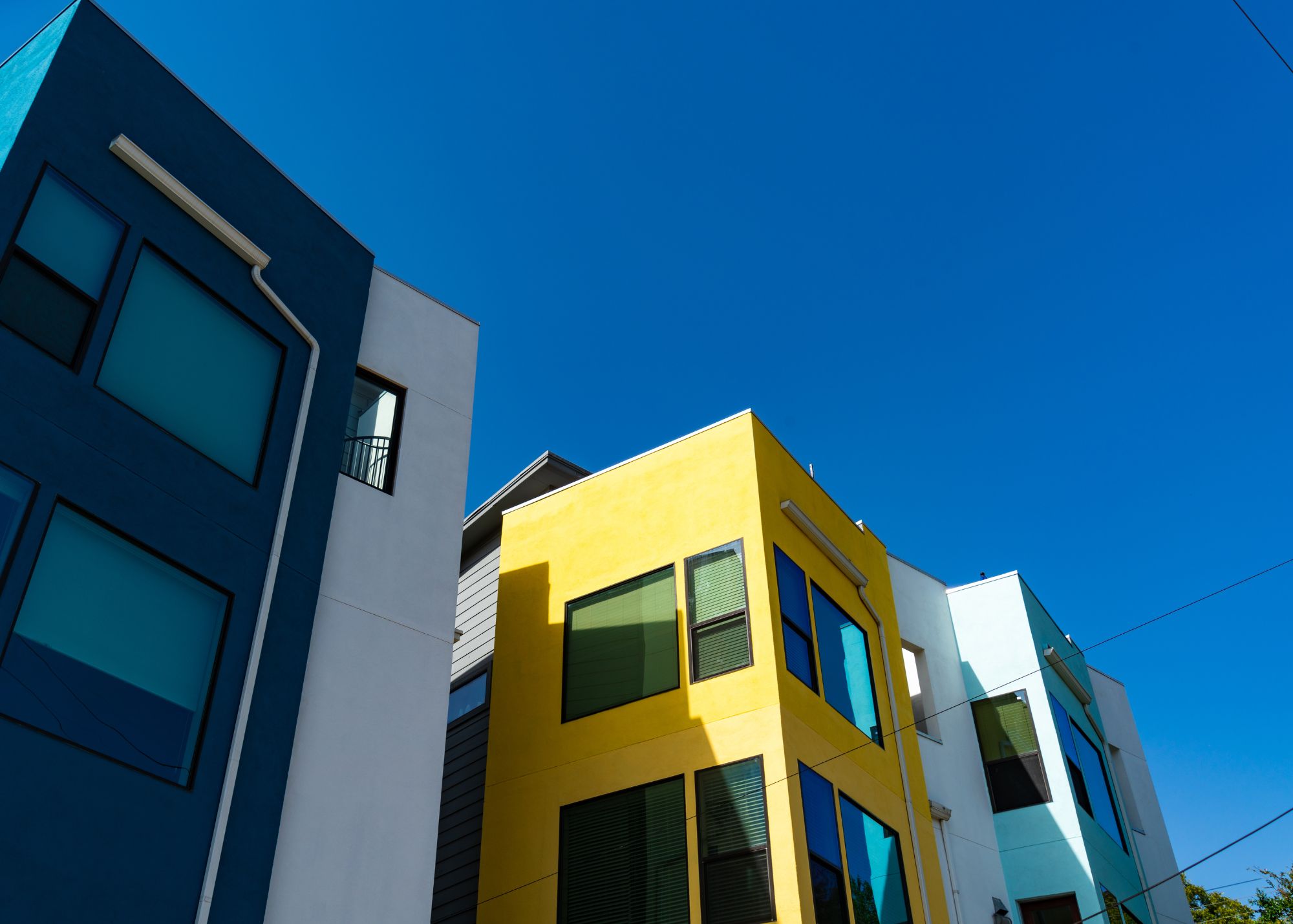As you already know, Wildhorn Capital is a Central Texas-focused real estate investment firm. Rather than build a multifamily platform that stretches across many states and many markets, we’ve made the strategic decision to stay focused on what we know best—our own backyard.
We’ve documented the many reasons we made that decision in several articles throughout the last few years. Principally it was made based on our belief that real estate is a local game. Macro trends certainly matter, but what’s happening locally impacts asset performance and investment return more than anything else. We have conviction in that belief. And we have conviction that as soon as you try to expand geographically you lose your edge. As the saying goes, “If you don’t know who the sucker is at the poker table, it’s you.” We never want to be that sucker.
To ensure that doesn’t happen, we spend a ton of time and energy making sure we know as much (or more) about the Austin Real Estate market as anyone else. Occasionally we also get the opportunity to talk about the market and our investment thesis and perspective. A few weeks back, Hayden was invited to sit on a panel at a San Antonio Multifamily conference. It’s always nice for our team to get invited to participate on stage and trust attendees learned something from our local operator’s perspective—he was the lone panelist from the principal side.
While getting the invitation to speak is always a nice nod, we always walk away from these events having picked up a few nuggets or data points we didn’t necessarily have before. Here are our big takeaways from the San Antonio-focused discussions:
Capital Markets
The Capital Markets panel discussed the current landscape of interest rates and their impact on getting projects started and touched on what they were hearing from institutional equity groups about how (and when) they can start transacting regularly.
- Relatively stabilized construction costs and timelines but variable costs in the way of insurance, payroll, and taxes are escaping ownership.
- The most attractive deals moving forward are New Construction and PFC/LIHTC/Affordable or workforce, with little room in between. Anything in between is pretty tough right now.
- Multifamily equity remains attractive because it is liquid (due to the presence of GSEs to provide financing). National liquidity issues continue to vex CRE.
- San Antonio continues to have a strong basis due to growth in: household income, population/immigration, and job growth.
Development/Ownership
In the Development/Ownership panel, industry leaders shared insights into project timelines, absorption rates, and the growing importance of asset management. For the first time in the last 10, it seems a real focus on operations and execution of the business plan is the only path forward.
- Most developers will be holding their resources until 2026 once their current projects finish construction.
- Approximately 3,000 multifamily units were delivered in 2024 thus far with 12,000 more scheduled.
- The standard year’s absorption is 6,000-7,000.
- Overall, 3,000 BTRBuild-to-Rent: a real estate development model where a property developer constructs a residential building, community, or group of single family homes with the specific intention of renting out the units rather than selling them as individual properties. View Definition units were delivered in SA with another 3,000 scheduled between 2024-25, consisting of 3-4 bedrooms and approximately 13,00-14,00 sq ft.
- Amenities are attractive but not an overall solution to operating costs.
- Rising variable costs are going to outweigh any interest rate cuts.
- Anyone that’s not a lender in the game will be wiped out. – David Lynd
- Fundamentals of real estate are always the winners: “Location, Location, Location,” density, and value engineering.
Investment Sales
During the Investment Sales panel, discussions revolved around investment trends, asset preferences, and economic outlooks for the San Antonio multifamily market.
- Reverse 1031 Exchanges growing in popularity.
- Asset management continues to be at an all-time high level of importance for asset success.
- Questions I faced:
- Who is investing and what are they buying?
- Mainly private capital and 1031 investors that have longer investment horizons. We also saw a spike in developers looking to purchase recently delivered products at discounts to replacement costs.
- For San Antonio our preference is for newer vintage products (90’s or newer). 80’s assets pricing has severely been impacted. Most distress opportunities are in this area because of syndicators who got over their skis and are finding themselves thinly capitalized after rates and costs ran up faster than revenues.
- What are my expectations for investing for 2024 and 2025?
- Low expectations, but high hopes. We do not believe there will be a ton of distress opportunities in newer vintage products. The assets that people like can be recapitalized through rescue capital. We expect to compete on some newer vintage products, but our underwriting is limited by interest rates, excess near-term supply, and muted market trends.
- What is the economic outlook for the San Antonio Multifamily Market?
- The outlook is strong. San Antonio is supported by a bedrock-style economy. Its cost of living is 8% below the national average and its rent-to-income ratio is at 21% which is one of the lowest in the country. It is a top 10 market for net migration in the United States and 2nd in the state of Texas. The limiting factor for San Antonio is the supply barriers.
- How are apartment rents and occupancies trending by class? Drivers?
- All assets are seeing muted rent growth and occupancy. However, renters are using the opportunity to move to better and newer product because the pricing difference after concessions is minimal. This has caused occupancy to dip more in older workforce housing-style products
- Does the cost of ownership benefit multifamily?
- Yes. The high cost of ownership is preventing many would-be homebuyers from remaining renters. This will help keep renter demand high and should support BTR product. The critical point around investing in BTR is finding the balance between what the costs are to purchase a home and the cost to rent an apartment. BTR demand is expected to continue to be strong and outperform apartments.
- Who is investing and what are they buying?
Overall, the consensus at this conference was pretty similar to what we’ve heard at other events lately. The long-term fundamentals of housing and multifamily assets remain in place and are the reasons to continue investing in the space. In the near term both supply and interest rates are impacting the ability to transact and underwrite deals you (or your equity) can believe in. The need to focus on day-to-day asset management is more important than ever, and frankly seems like a return to first principles; it always should be imperative, but over the last several years, it has taken a back seat as cap rate compression and rent growth covered up all sorts of issues.
Staying connected to the local real estate community is a key part of what we do at Wildhorn, and this coming month we’ve got 3 more events we’re attending to continue to collect data points.








